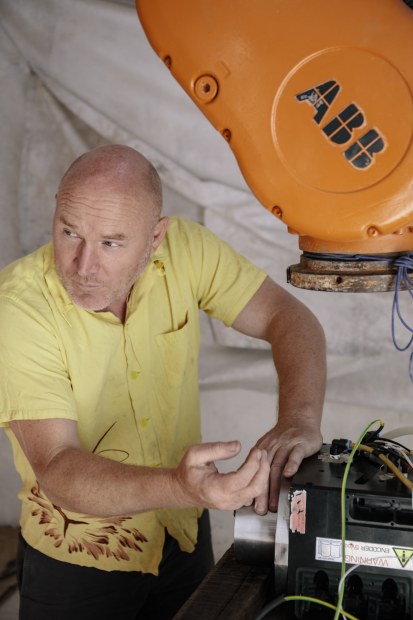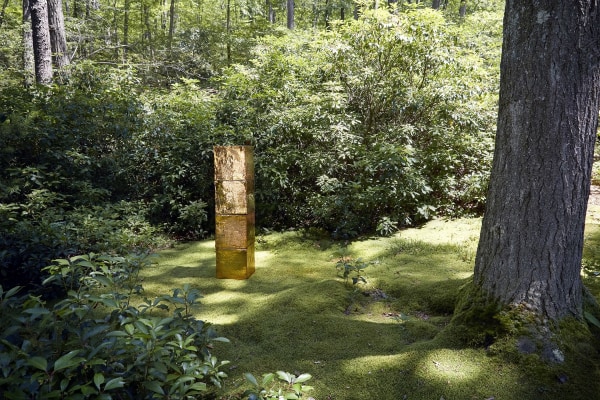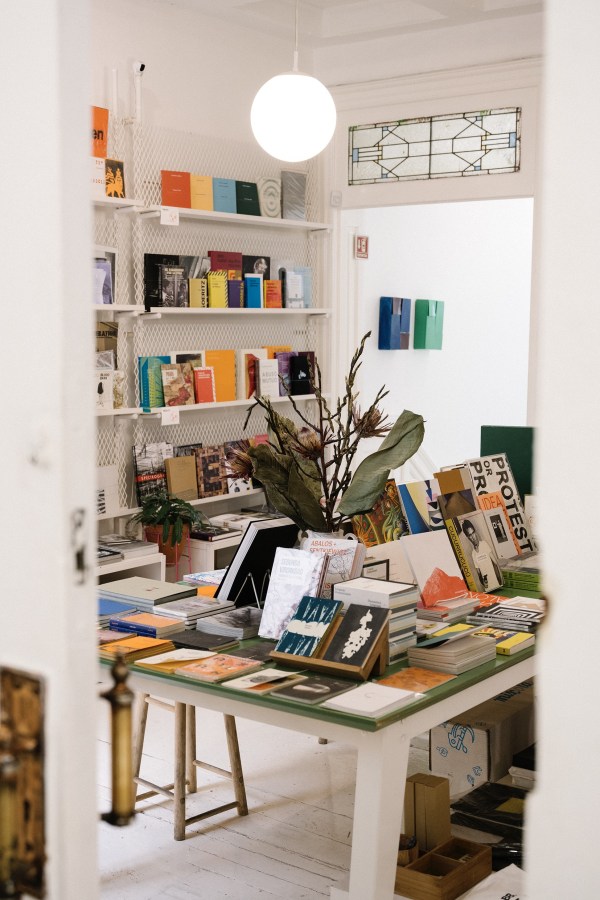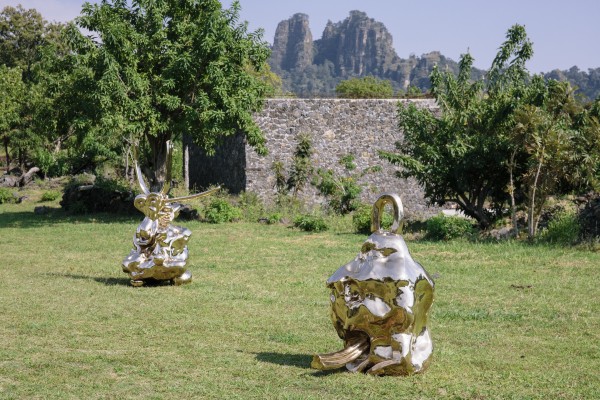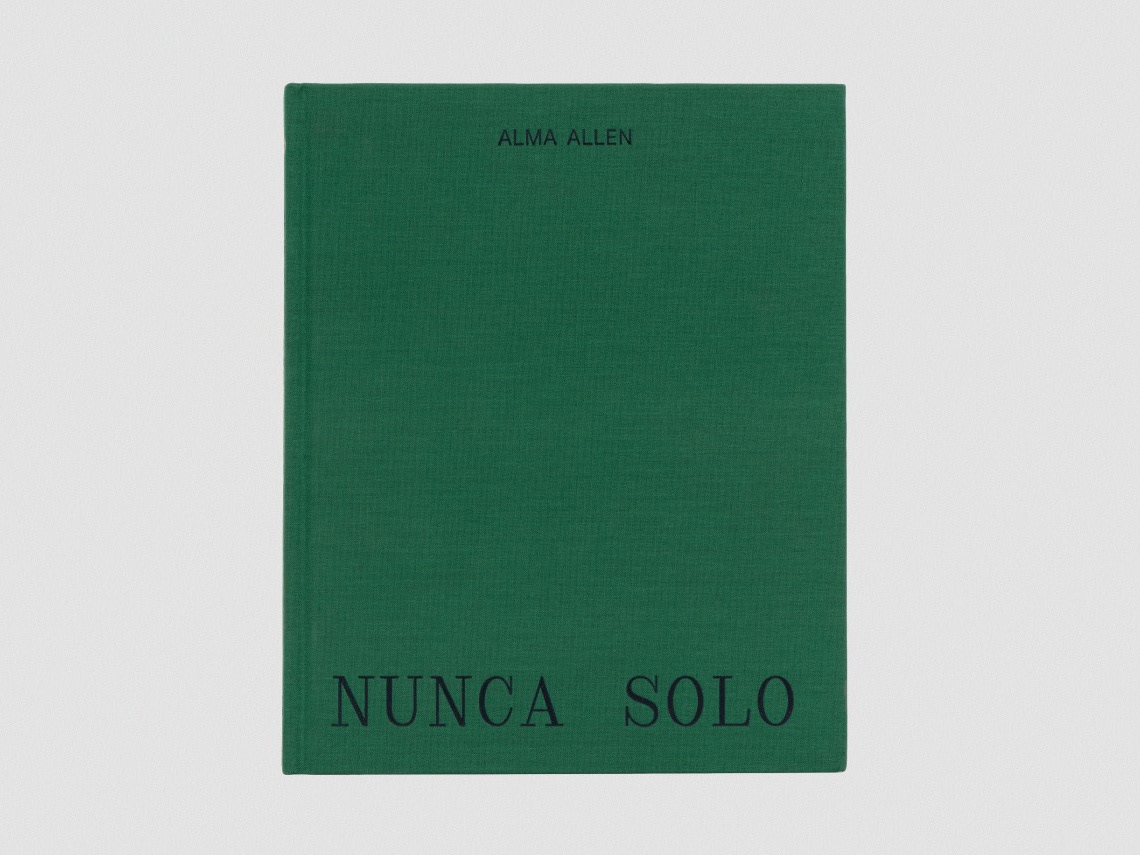Alma Allen
-
-
BiographyBorn in Herber City, Utah, 1970
Lives & Works in Tepoztlán, Mexico
-
"The sculptures are often in the act of doing something: They are going away, or leaving, or interacting with something invisible. Even though they seem static as objects, they are not static in my mind. In my mind they are part of a much larger universe." —Alma Allen
-
 Portrait by Diego Flores.
Portrait by Diego Flores. -
-
Works

Alma Allen
Not Yet Titled, 2021marble39 3/8 x 23 1/4 x 18 1/8 in
100 x 59 x 46 cmCopyright The ArtistExhibitions-

Alma Allen
May 16 – June 22, 2024 509 West 27th Street, New YorkThe gallery’s third solo exhibition of work by Alma Allen (b. 1970) brings together new freestanding sculpture and wall reliefs. This body of work evolves various compositional and material directions explored in Allen’s recent site-specific solo exhibition Nunca Solo at Museo Anahuacalli in Mexico City, demonstrating the artist’s ongoing experimentation into the ability of matter to embody contemplations on free will, consciousness, and the nature of time.View More -

Alma Allen
May 4 – August 13, 2021 Kasmin Sculpture GardenKasmin is delighted to announce an upcoming exhibition of work by sculptor Alma Allen (b. 1970) spanning two of the gallery’s locations in Chelsea, New York. On view from May 4, 2021, the presentation in the Kasmin Sculpture Garden constitutes the artist’s first ever exhibition dedicated to large-scale outdoor sculpture. The exhibition continues at 514 West 28th Street with over twenty small-scale bronzes—works that function as both articulations of the polymorphous nature of Allen’s sculptural alphabet and as proposals for future large-scale works. By contextualizing these works amongst one another, the presentation demonstrates the variety of embodied forms that find expression through the artist’s hand.View More -

Alma Allen
January 23 – March 4, 2020 509 West 27th Street, New YorkView More
News-

Alma Allen featured in Galerie Magazine's Creative Minds
by Jacoba Urist March 14, 2025 View More -

Alma Allen in Art Basel Magazine
by Jacoba Urist November 5, 2024 View More -

THE MOSS ROOM
Manitoga / The Russel Wright Design Center July 29, 2024 View More -

Alma Allen: Nunca Solo, Book Launch
July 1, 2023 View More -

Alma Allen Solo Exhibition at Museo Anahuacalli
Museo Anahuacalli May 21, 2023 View More -

Alma Allen: Nunca Solo, Extended
May 4, 2023View More
Publicationscontact_formSend me more information on Alma Allen
Explore- Diana Al-Hadid
- Alma Allen
- Theodora Allen
- Sara Anstis
- Ali Banisadr
- Tina Barney
- Judith Bernstein
- JB Blunk
- Mattia Bonetti
- William N. Copley
- Cynthia Daignault
- Ian Davenport
- Max Ernst
- Liam Everett
- Leonor Fini
- Barry Flanagan
- Walton Ford
- Jane Freilicher
- vanessa german
- Daniel Gordon
- Alexander Harrison
- Elliott Hundley
- Robert Indiana
- Lee Krasner
- Les Lalanne
- Matvey Levenstein
- Lyn Liu
- Robert Motherwell
- Jamie Nares
- Nengi Omuku
- Robert Polidori
- Jackson Pollock
- Elliott Puckette
- Alexis Ralaivao
- George Rickey
- James Rosenquist
- Mark Ryden
- Jan-Ole Schiemann
- Joel Shapiro
- Bosco Sodi
- Dorothea Tanning
- Naama Tsabar
- Bernar Venet

